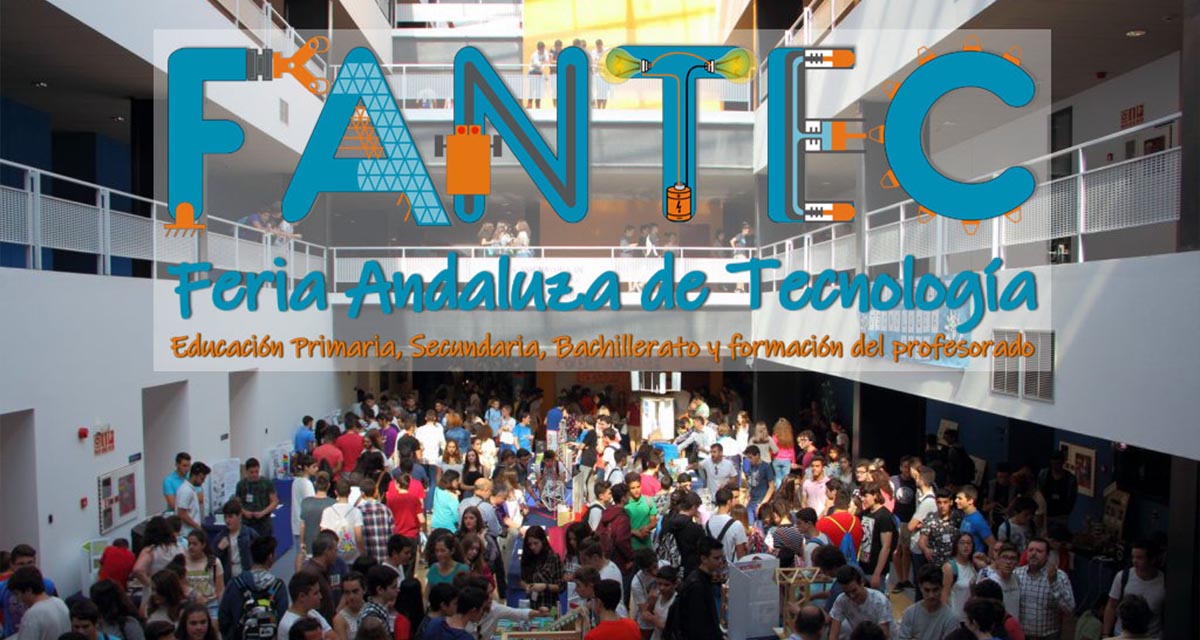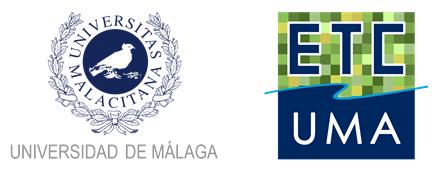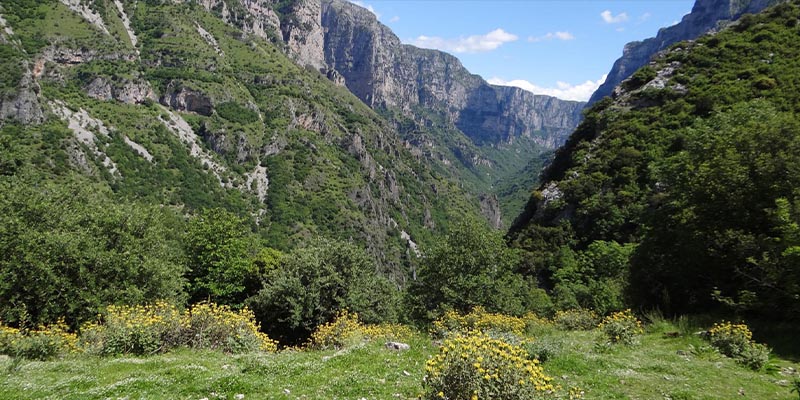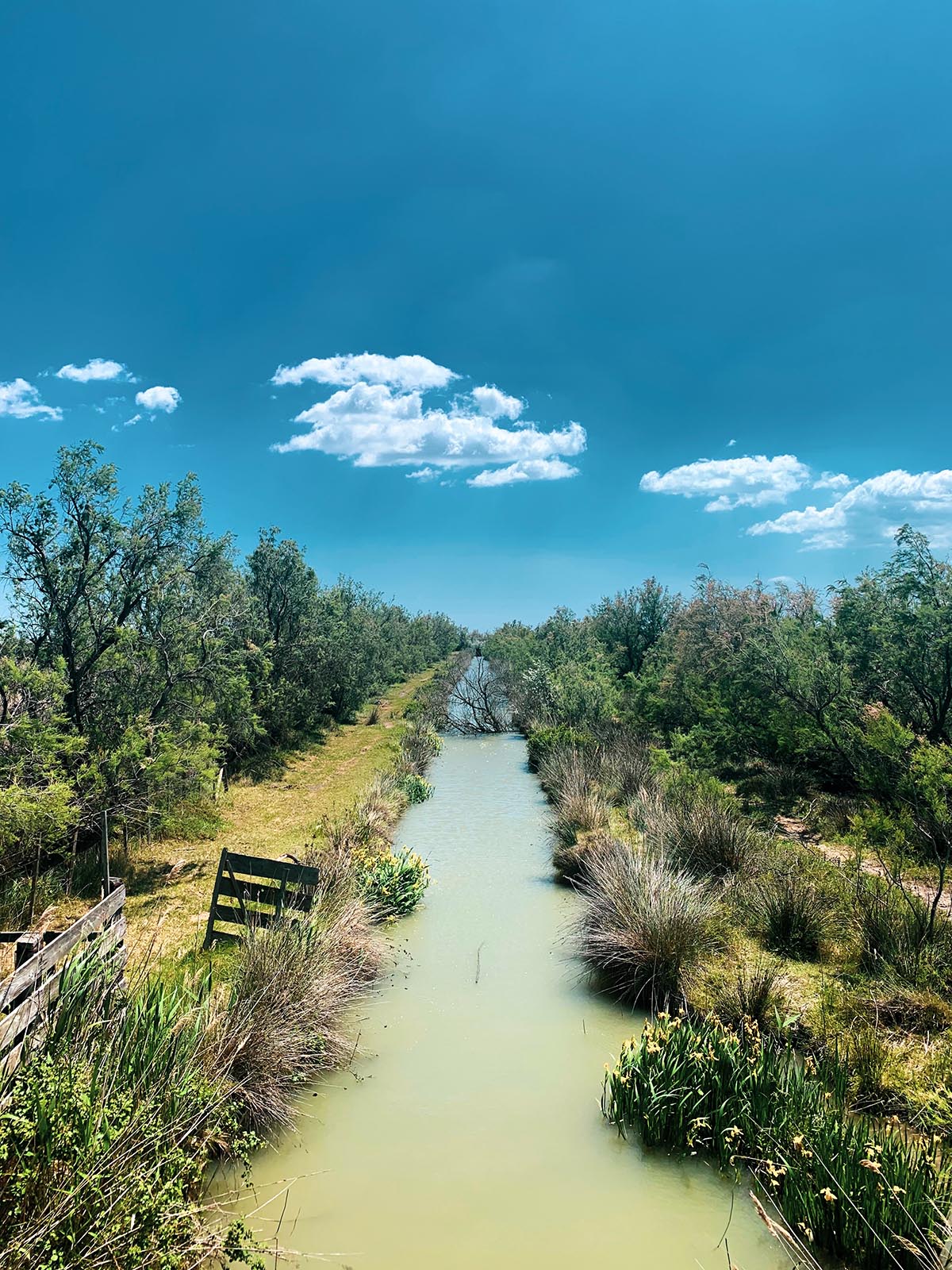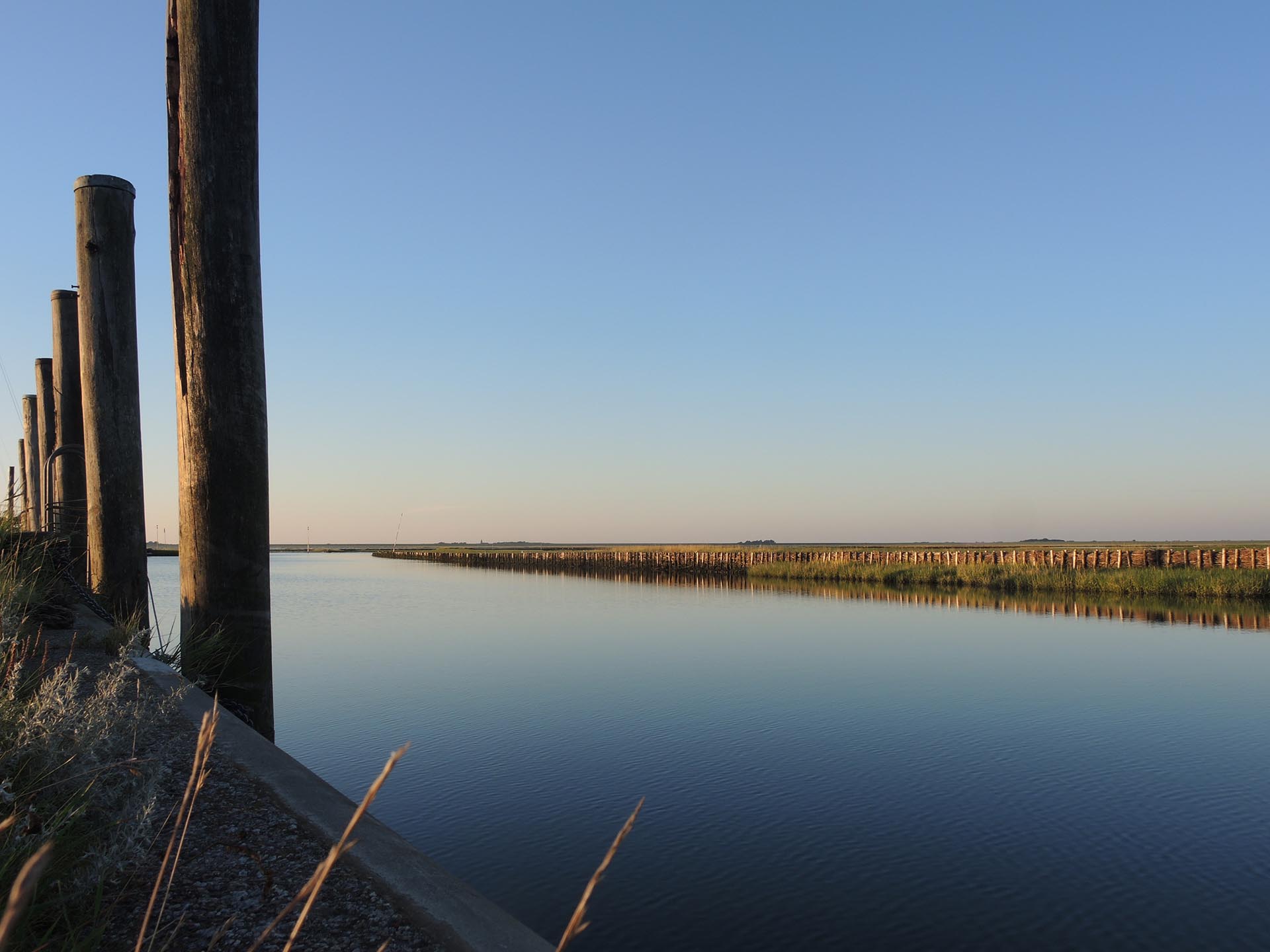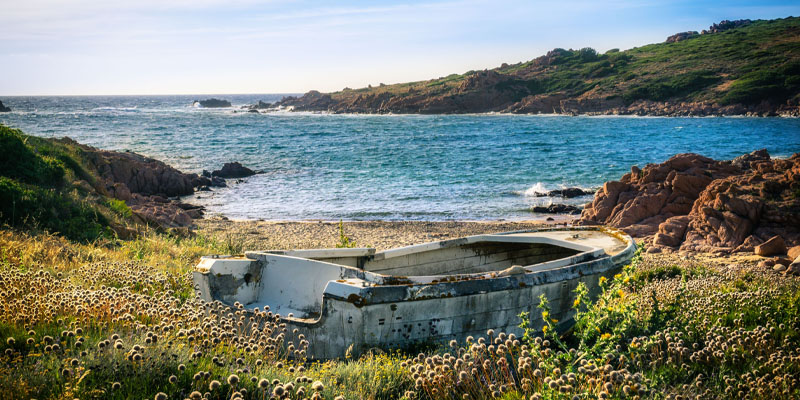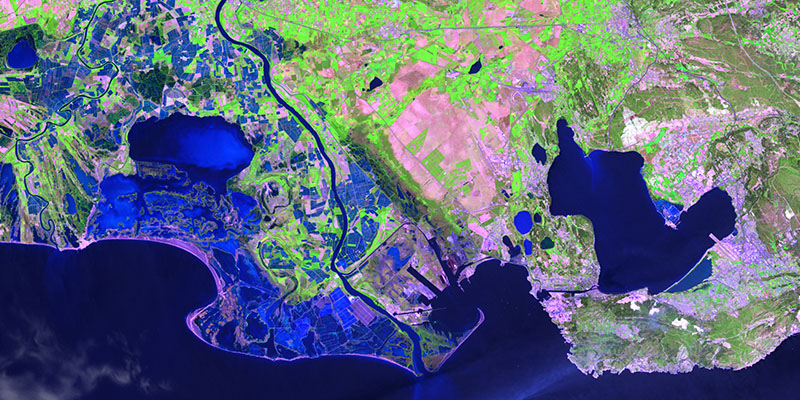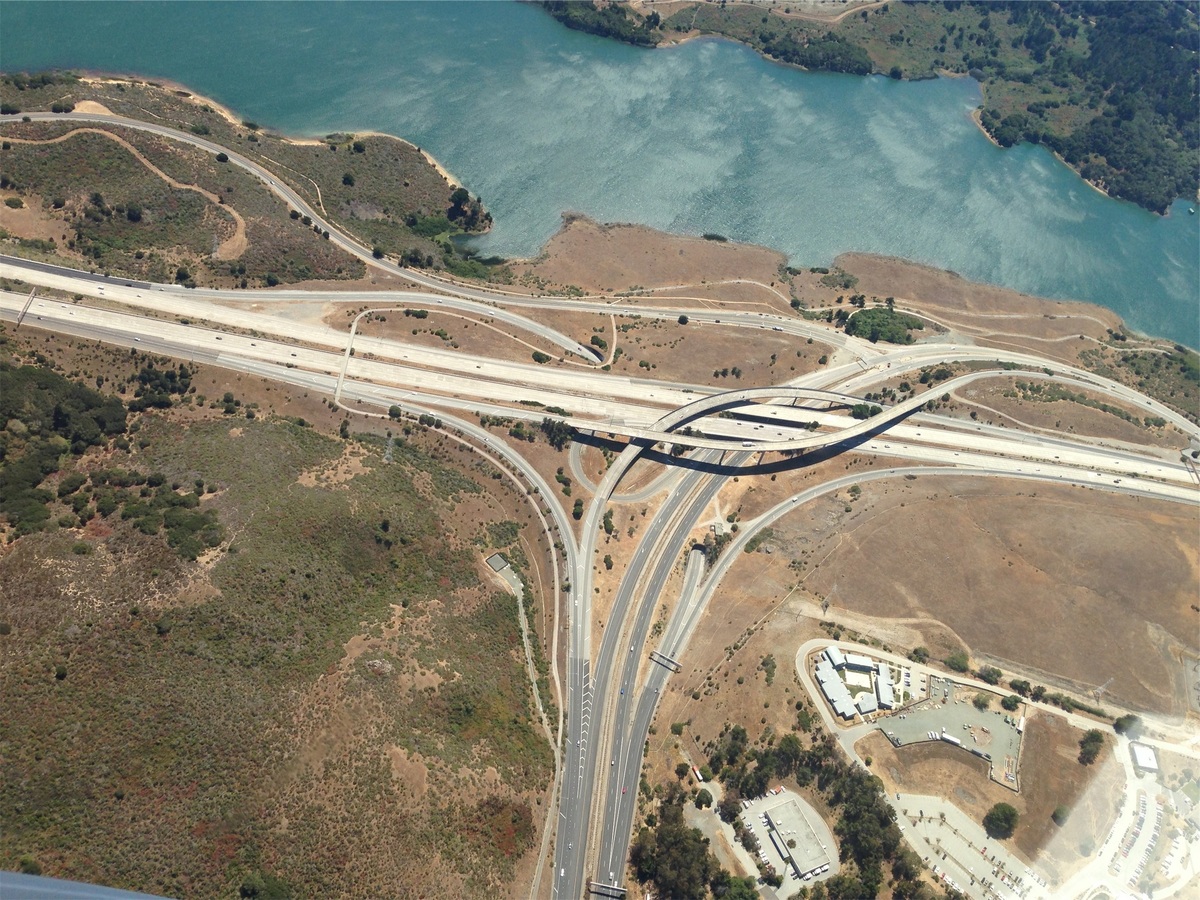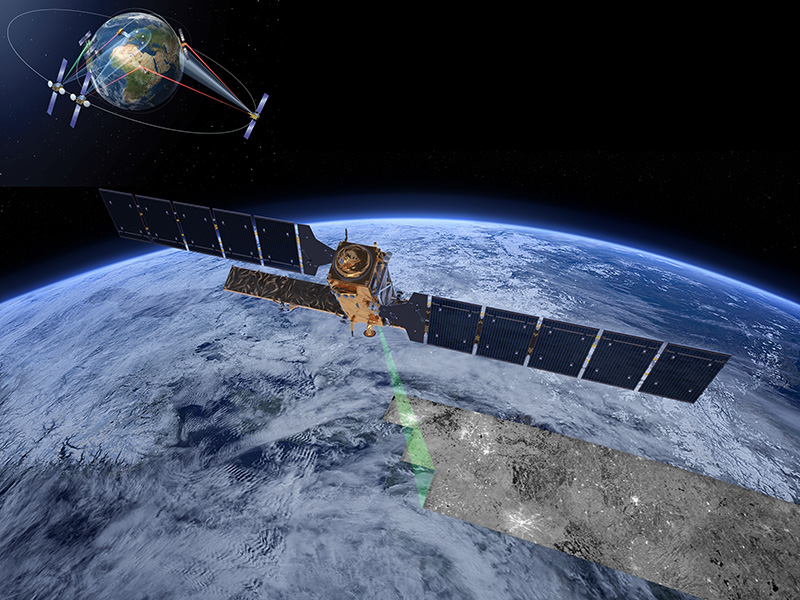European topic centre - university of malaga
Meet our team members

Christoph Schröder
GIS specialist and project manager
christoph.schroder@uma.es
+34 951 952 906
Based on my MSc in Geography (University of Bonn) I have developed expertise in Geographic Information Systems and land use/cover change analysis from local to global scale with particular interest in the Mediterranean. Over the last few years, I have developed a strong involvement in science-policy interfaces on the European level, trying to find smart ways to solve important environmental issues relevant to policy-makers.
The main focus of my activities at ETC-UMA is on data integration and thematic assessment on European scale for a wide range of topics from sustainable tourism to nutrient inputs on agro-ecosystems. This data-driven work is supporting the European Environment Agency in their policy monitoring and formulation. I have also applied my GIS expertise on a variety of projects dealing with terrestrial and marine ecosystems (Med-IAMER) and territorial development (ESPON ESaTDOR). In recent year, I have gained a profound expertise in the assessment of user requirements for Earth Observation products, particularly addressing habitat and wetland monitoring.
Since 2014, I am local contact point for the Erasmus Mundus project gSmart, facilitating the selection and support to students and researchers from Central Asian partner universities.
Do not hesitate to get in touch with me via e-mail or LinkedIn.
RESOURCES
Book Chapters
Rodríguez-Rodríguez, D.; Sánchez-Espinosa, A.; Prem, M.; Abdul-Malak, D.; Schröder, C.
In: Chapter 9, pp. 173-186, Tirant Editorial, 1, 2024, ISBN: 978-84-1183-238-0.
Abstract | Links | BibTeX | Tags: Conservation and management, Land and soil, Mediterranean sea, Pressures, Transboundary management
@inbook{nokey,
title = {Mediterranean landscape in trasition. Nuevos enfoques para hacer frente a los nuevos retos sociales y medioambientales.},
author = {D. Rodríguez-Rodríguez and A. Sánchez-Espinosa and M. Prem and D. Abdul-Malak and C. Schröder},
url = {https://editorial.tirant.com/es/libro/mediterranean-landscape-in-trasition-nuevos-enfoques-para-hacer-frente-a-los-nuevos-retos-sociales-y-medioambientales-maria-jose-marquez-ballesteros-9788411832380?busqueda=mediterranean+landscape+in+transition&},
isbn = { 978-84-1183-238-0},
year = {2024},
date = {2024-06-05},
urldate = {2024-06-05},
pages = {173-186},
publisher = {Tirant Editorial},
edition = {1},
chapter = {9},
abstract = {El litoral mediterráneo se enfrenta a un futuro con importantes retos y desafíos como consecuencia de su fuerte urbanización y el impacto del cambio climático. Con esta premisa, la red internacional de investigadores Mediterránean Landscape in Transition presenta esta publicación que recoge sus principales reflexiones para hacer frente a esta realidad. La intersección de las diferentes aportaciones nos muestra la complejidad y la urgencia de la situación a la que se enfrentan los paisajes mediterráneos y sus costas; donde la evaluación y medición de las dinámicas de transformación del litoral, en el contexto del cambio climático y la resiliencia, son fundamentales para comprender y conservar estos valiosos ecosistemas.
El lector conocerá las vulnerabilidades que amenazan su conservación que afecta tanto a la biodiversidad como a sus comunidades locales, subrayando la necesidad de adaptación y resiliencia para su supervivencia. También se aborda el problema del turismo masivo y la turistificación, proponiendo estrategias para equilibrar la actividad turística con la preservación ambiental y cultural. Todo ello, en un contexto donde los movimientos sociales y territoriales desempeñan un papel relevante en su defensa; y donde el paisaje social se convierte en una tarea crucial para garantizar la sostenibilidad y el bienestar de las comunidades y la naturaleza, en estos entornos costeros tan especiales.},
keywords = {Conservation and management, Land and soil, Mediterranean sea, Pressures, Transboundary management},
pubstate = {published},
tppubtype = {inbook}
}
El lector conocerá las vulnerabilidades que amenazan su conservación que afecta tanto a la biodiversidad como a sus comunidades locales, subrayando la necesidad de adaptación y resiliencia para su supervivencia. También se aborda el problema del turismo masivo y la turistificación, proponiendo estrategias para equilibrar la actividad turística con la preservación ambiental y cultural. Todo ello, en un contexto donde los movimientos sociales y territoriales desempeñan un papel relevante en su defensa; y donde el paisaje social se convierte en una tarea crucial para garantizar la sostenibilidad y el bienestar de las comunidades y la naturaleza, en estos entornos costeros tan especiales.
Journal Articles
Sánchez-Espinosa, A.; Schröder, C.
Land use and land cover mapping in wetlands one step closer to the ground: Sentinel-2 versus Landsat 8 Journal Article
In: Journal of Environmental Management, vol. 247, pp. 484-498, 2019.
Abstract | Links | BibTeX | Tags: Geotechnology, Land and soil, SWOS, Wetlands
@article{Sánchez-Espinosa2019b,
title = {Land use and land cover mapping in wetlands one step closer to the ground: Sentinel-2 versus Landsat 8},
author = {A. Sánchez-Espinosa and C. Schröder},
url = {https://www.sciencedirect.com/science/article/pii/S0301479719308850},
doi = {10.1016/j.jenvman.2019.06.084},
year = {2019},
date = {2019-10-01},
journal = {Journal of Environmental Management},
volume = {247},
pages = {484-498},
abstract = {Environmental studies with Landsat images have revealed many of the problems faced by wetland ecosystem, which are crucial for the conservation of biodiversity and the natural values of our planet. The study of LULC changes in wetlands through remote sensing constantly helps to identify and combat their main environmental threats improving the conservation of these natural habitats. Starting in mid-2015, the Sentinel-2 satellite opens new possibilities in the field of earth observation thanks to its higher spatial, spectral and temporal resolution becoming a powerful source of information for LULC monitoring in wetland areas. However, researchers may ask them selves to what extent Sentinel-2 is an improvement over Landsat 8 for general purposes. This research test if there is a real difference in the quality of the results delivered by both Sentinel-2 and Landsat 8 imagery when basic classification methods are applied.
The study uses Sentinel-2 and Landsat 8 imagery to produce LULC maps in a Mediterranean wetland area applying an object based classification method in order to compare the accuracy and reliability in the surface detected by both satellites. The results show that an object based classification using only the Sentinel-2 and Landsat 8 image information, without band indexes or ancillary data, offers very similar results for most LULC classes, being the overall accuracy around 87–88% with slightly better results when using Sentinel-2. Although using Sentinel-2 leads to an increase in file size and processing times, the analysis of certain LULC classes presents an improvement compared to Landsat 8, detecting more linear and small size elements with a better delineation of image features in the classified map. However, these improvements should not underestimate the value of Landsat imagery in the future since both satellites provide high precision information, so they can and should coexist and be used together to increase data availability in order to have the best possible results in remote sensing research.},
keywords = {Geotechnology, Land and soil, SWOS, Wetlands},
pubstate = {published},
tppubtype = {article}
}
The study uses Sentinel-2 and Landsat 8 imagery to produce LULC maps in a Mediterranean wetland area applying an object based classification method in order to compare the accuracy and reliability in the surface detected by both satellites. The results show that an object based classification using only the Sentinel-2 and Landsat 8 image information, without band indexes or ancillary data, offers very similar results for most LULC classes, being the overall accuracy around 87–88% with slightly better results when using Sentinel-2. Although using Sentinel-2 leads to an increase in file size and processing times, the analysis of certain LULC classes presents an improvement compared to Landsat 8, detecting more linear and small size elements with a better delineation of image features in the classified map. However, these improvements should not underestimate the value of Landsat imagery in the future since both satellites provide high precision information, so they can and should coexist and be used together to increase data availability in order to have the best possible results in remote sensing research.
Aksoy, E.; Louwagie, G.; Gardi, C.; Gregor, M.; Schröder, C.; Löhnertz, M.
Assessing soil biodiversity potentials in Europe Journal Article
In: Science of The Total Environment, vol. 589, pp. 236-249, 2017.
Abstract | Links | BibTeX | Tags: Biodiversity, Conservation and management, Land and soil, Soil functions
@article{Aksoy2017c,
title = {Assessing soil biodiversity potentials in Europe},
author = {E. Aksoy and G. Louwagie and C. Gardi and M. Gregor and C. Schröder and M. Löhnertz},
url = {https://www.sciencedirect.com/science/article/pii/S0048969717304229},
doi = {10.1016/j.scitotenv.2017.02.173},
year = {2017},
date = {2017-07-01},
journal = {Science of The Total Environment},
volume = {589},
pages = {236-249},
abstract = {Soil is important as a critical component for the functioning of terrestrial ecosystems. The largest part of the terrestrial biodiversity relies, directly or indirectly, on soil. Furthermore, soil itself is habitat to a great diversity of organisms. The suitability of soil to host such a diversity is strongly related to its physico-chemical features and environmental properties. However, due to the complexity of both soil and biodiversity, it is difficult to identify a clear and unambiguous relationship between environmental parameters and soil biota. Nevertheless, the increasing diffusion of a more integrated view of ecosystems, and in particular the development of the concept of ecosystem services, highlights the need for a better comprehension of the role played by soils in offering these services, including the habitat provision. An assessment of the capability of soils to host biodiversity would contribute to evaluate the quality of soils in order to help policy makers with the development of appropriate and sustainable management actions. However, so far, the heterogeneity of soils has been a barrier to the production of a large-scale framework that directly links soil features to organisms living within it. The current knowledge on the effects of soil physico-chemical properties on biota and the available data at continental scale open the way towards such an evaluation. In this study, the soil habitat potential for biodiversity was assessed and mapped for the first time throughout Europe by combining several soil features (pH, soil texture and soil organic matter) with environmental parameters (potential evapotranspiration, average temperature, soil biomass productivity and land use type). Considering the increasingly recognized importance of soils and their biodiversity in providing ecosystem services, the proposed approach appears to be a promising tool that may contribute to open a forum on the need to include soils in future environmental policy making decisions.},
keywords = {Biodiversity, Conservation and management, Land and soil, Soil functions},
pubstate = {published},
tppubtype = {article}
}
Aksoy, E.; Gregor, M.; Schröder, C.; Löhnertz, M.; Louwagie, G.
Assessing and analysing the impact of land take pressures on arable land Journal Article
In: Solid Earth, no. 8, pp. 683-695, 2017.
Abstract | Links | BibTeX | Tags: Land and soil, Pressures
@article{Aksoy2017c,
title = {Assessing and analysing the impact of land take pressures on arable land},
author = {E. Aksoy and M. Gregor and C. Schröder and M. Löhnertz and G. Louwagie},
url = {https://www.solid-earth.net/8/683/2017/},
year = {2017},
date = {2017-06-20},
journal = {Solid Earth},
number = {8},
pages = {683-695},
abstract = {Land, and in particular soil, is a finite and essentially non-renewable resource. Across the European Union, land take, i.e. the increase of settlement area over time, annually consumes more than 1000 km2 of which half is actually sealed and hence lost under impermeable surfaces. Land take, and in particular soil sealing, has already been identified as one of the major soil threats in the 2006 European Commission Communication Towards a Thematic Strategy on Soil Protection and the Soil Thematic Strategy and has been confirmed as such in the report on the implementation of this strategy. The aim of this study is to relate the potential of land for a particular use in a given region with the actual land use. This allows evaluating whether land (especially the soil dimension) is used according to its (theoretical) potential. To this aim, the impact of several land cover flows related to urban development on soils with good, average, and poor production potentials were assessed and mapped. Thus, the amount and quality (potential for agricultural production) of arable land lost between the years 2000 and 2006 was identified. In addition, areas with high productivity potential around urban areas, indicating areas of potential future land use conflicts for Europe, were identified.},
keywords = {Land and soil, Pressures},
pubstate = {published},
tppubtype = {article}
}
Technical Reports
Gregor, M.; Löhnertz, M.; Schröder, C.; Aksoy, E.; Prokop, G.; Louwagie, G.
ETC/ULS Report 02/2018: Integrated accounting of land cover changes and soil functions Technical Report
European Topic Centre on Urban Land and Soil Systems (ETC/ULS) 2018.
Abstract | Links | BibTeX | Tags: Land and soil, Soil functions
@techreport{Gregor2018,
title = {ETC/ULS Report 02/2018: Integrated accounting of land cover changes and soil functions},
author = {M. Gregor and M. Löhnertz and C. Schröder and E. Aksoy and G. Prokop and G. Louwagie },
url = {https://www.eionet.europa.eu/etcs/etc-uls/products/etc-uls-report-02-2018-integrated-accounting-of-land-cover-changes-and-soil-functions/@@download/file/uls_report_2018-02-lre.pdf},
year = {2018},
date = {2018-01-02},
urldate = {2018-01-02},
institution = {European Topic Centre on Urban Land and Soil Systems (ETC/ULS)},
abstract = {This report is the outcome of a study that was executed during the past five years by the EEA and ETC/ULS with support from EIONET (NRCs land use and spatial planning) and the European Soil Data Centre of DG JRC.
The analysis represents the first attempt to assess land use efficiency at a European scale. Several new data sets relating specifically to soil functions, were published only recently, and this made assessment possible. A key aim of this work was to study land cover changes and their positive or negative impacts on soil functions, and to obtain a disaggregated hotspot analysis and an overall balance of those impacts on soil functions. The report follows a logical flow.
Chapter 1 provides an introduction to the context of the study. It lays out a framework by giving information on the status of land and soil in the context of land resource efficiency, listing the most relevant current global and European policies, and introducing the concepts of soil function and land multi-functionality.
Chapter 2 provides details of the study’s input data, in particular the land cover flows as well as the pan-European soil function data, further explains the concept of multi-functionality and introduces the impact evaluation matrix.
The combined presentation of land processes and soil functions is the major topic in Chapter 3, whereas Chapter 4 then focuses on the impacts of a number of selected, sector-related land processes on several of the soil functions. The latter also identifies a number of hotspot regions at the NUTS 3 level in which the potential of soils to provide certain functions might be substantially affected.
At the end of the report, Chapter 5 provides information on the balance of impacts, by looking at the predominantly positive and predominantly negative impacts to assess the overall situation in Europe, but also at national and regional level. Finally, Chapter 6 identifies the implications of the analysis for land governance and attempts to shed light on the status of land resource efficiency in Europe. },
keywords = {Land and soil, Soil functions},
pubstate = {published},
tppubtype = {techreport}
}
The analysis represents the first attempt to assess land use efficiency at a European scale. Several new data sets relating specifically to soil functions, were published only recently, and this made assessment possible. A key aim of this work was to study land cover changes and their positive or negative impacts on soil functions, and to obtain a disaggregated hotspot analysis and an overall balance of those impacts on soil functions. The report follows a logical flow.
Chapter 1 provides an introduction to the context of the study. It lays out a framework by giving information on the status of land and soil in the context of land resource efficiency, listing the most relevant current global and European policies, and introducing the concepts of soil function and land multi-functionality.
Chapter 2 provides details of the study’s input data, in particular the land cover flows as well as the pan-European soil function data, further explains the concept of multi-functionality and introduces the impact evaluation matrix.
The combined presentation of land processes and soil functions is the major topic in Chapter 3, whereas Chapter 4 then focuses on the impacts of a number of selected, sector-related land processes on several of the soil functions. The latter also identifies a number of hotspot regions at the NUTS 3 level in which the potential of soils to provide certain functions might be substantially affected.
At the end of the report, Chapter 5 provides information on the balance of impacts, by looking at the predominantly positive and predominantly negative impacts to assess the overall situation in Europe, but also at national and regional level. Finally, Chapter 6 identifies the implications of the analysis for land governance and attempts to shed light on the status of land resource efficiency in Europe.
Presentations
Sánchez-Espinosa, A.; Abdul-Malak, D.; Schröder, C.; Martínez-Murillo, J. F.
01.01.2016.
Links | BibTeX | Tags: Ecosystem, Geotechnology, Land and soil, SWOS, Wetlands
@misc{Sánchez-Espinosa2016b,
title = {Determination of wetland ecosystem boundaries and validation of habitat classifications using remote sensing: Fuente de Piedra (Spain).},
author = {A. Sánchez-Espinosa and D. Abdul-Malak and C. Schröder and J. F. Martínez-Murillo},
url = {/wp-content/uploads/publications/SWOS_EGU2016.pdf},
year = {2016},
date = {2016-01-01},
keywords = {Ecosystem, Geotechnology, Land and soil, SWOS, Wetlands},
pubstate = {published},
tppubtype = {presentation}
}
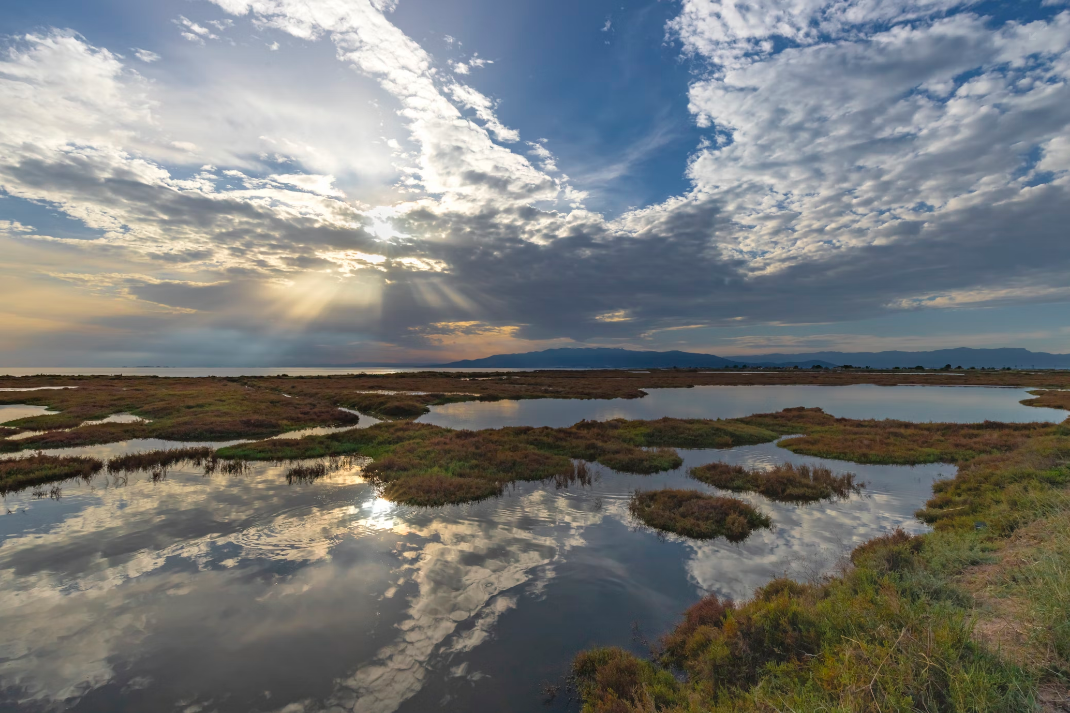
RESTORE4Cs 2nd Policy Brief: Unlocking Potential of Coastal Wetlands in Europe: Integration into National Restoration Plans
The second RESTORE4Cs Policy Brief of RESTORE4Cs, “Unlocking Potential of Coastal Wetlands in Europe: Integration into National Restoration Plans“, highlights the critical role of National Restoration Plans (NRPs) under the EU Nature Restoration Regulation in enhancing the restoration and resilience of coastal wetlands. The brief outlines how ...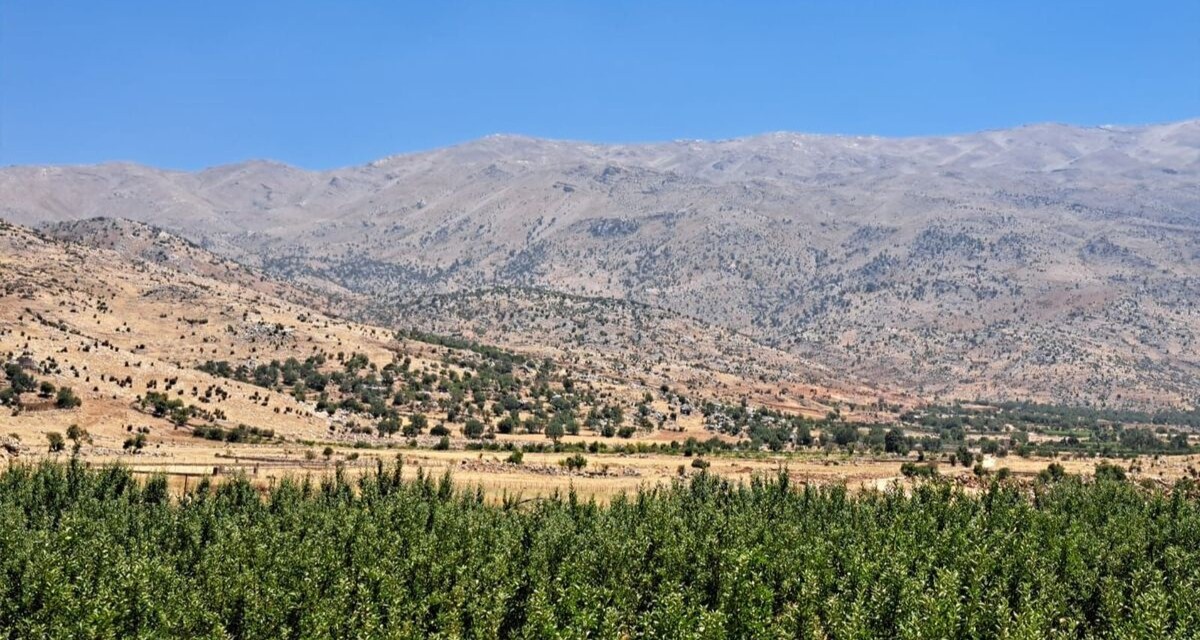
Back in Lebanon with BioConnect: Witnessing nature protection and socioecological resilience in action
As part of ETC-UMA’s role as the external evaluator for the EU-funded BioConnect project, the Centre’s Director, Dania Abdul Malak, carried out a site visit to Lebanon from July 8 to 12 to assess the project’s progress in its third ...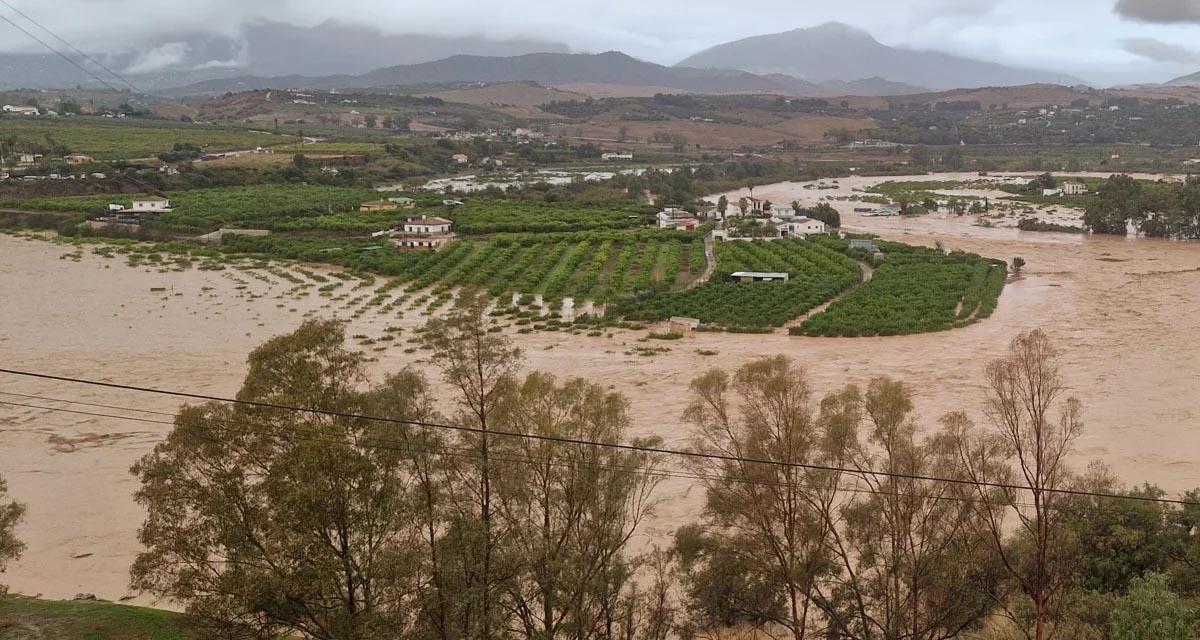
Boosting Climate Resilience: Wetland4Change Project Advances Flood Management Solutions for Mediterranean Coastal Zones
The Mediterranean coastal zone´s combination of multiple severe climate hazards – rising temperatures, water scarcity, sea-level rise, and extreme weather events – makes it a hotspot for highly interconnected climate risks for the ecosystems and societies. Recent catastrophic floods in ...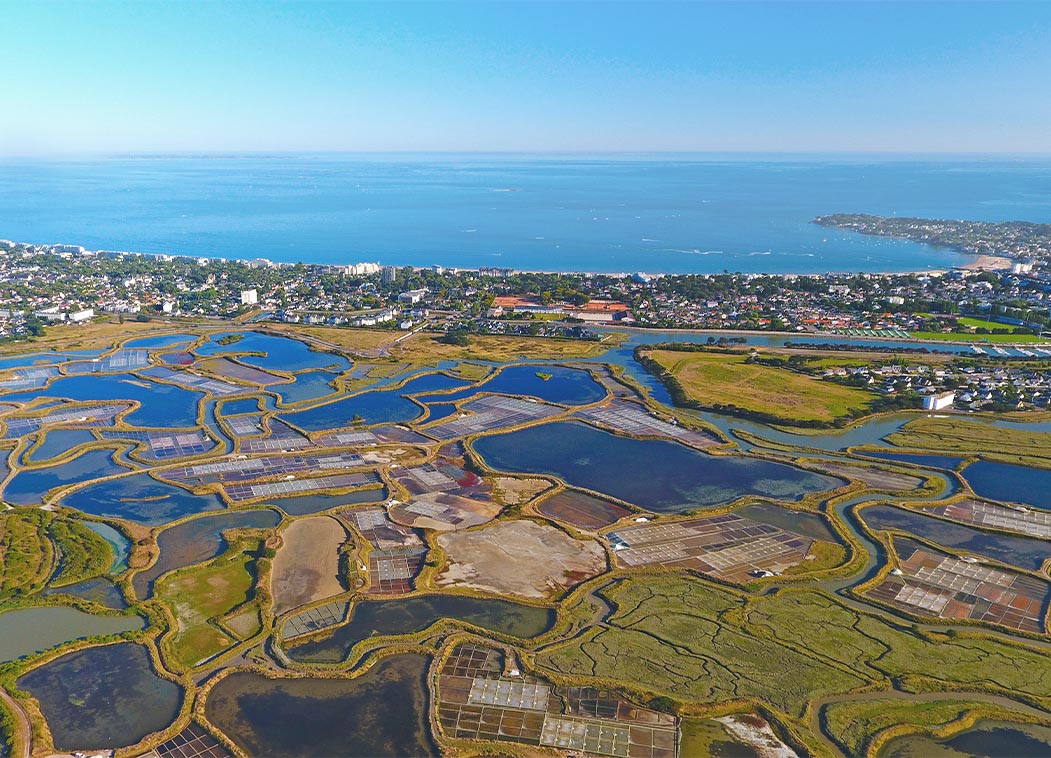
RESTORE4Cs 1st Policy Brief: How can coastal wetlands help achieve EU climate goals?
The first RESTORE4Cs Policy Brief of RESTORE4Cs, “How can coastal wetlands help achieve EU climate goals?“, highlights the importance of European coastal wetlands for reducing Greenhouse Gas emissions. The key messages of the first RESTORE4Cs Policy Brief include: Coastal wetlands are important natural carbon stores, ...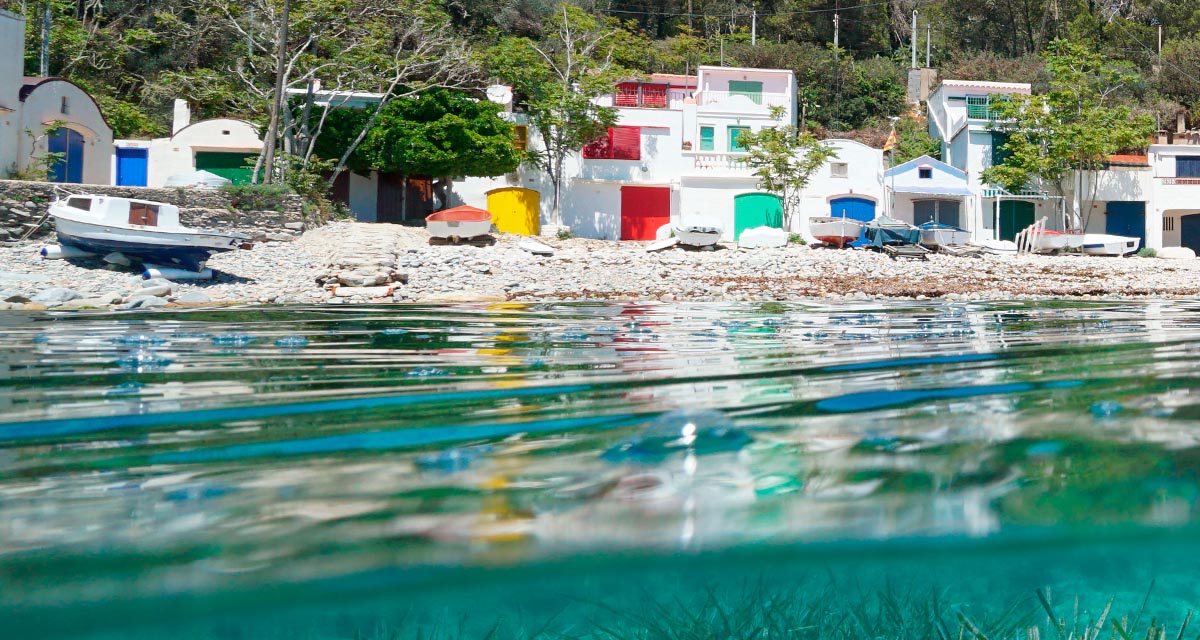
Mapping the Impact of Blue Tourism in the Mediterranean
The IUCN Centre for Mediterranean Cooperation with the support of ETC-UMA in the framework of the Blue Tourism Initiative, has released a comprehensive report entitled “Mapping the Impact of Blue Tourism in the Mediterranean: Vulnerability Assessment of Coastal and Marine ...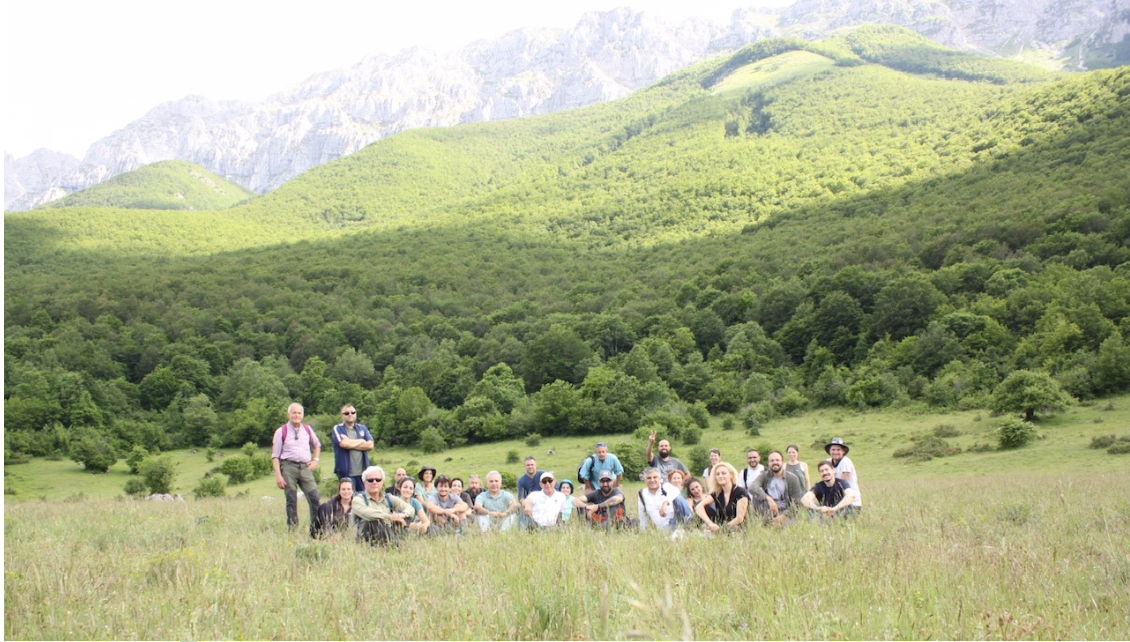
StrategyMedFor Presented at Annual Medforval Meeting 2024
StrategyMedFor was prominently featured at the Annual Medforval Meeting 2024, held from June 5-7 in Fontecchio, Italy. The event brought together 25 practitioners from national parks and natural reserves across 9 Mediterranean countries, providing a valuable platform for StrategyMedFor to ...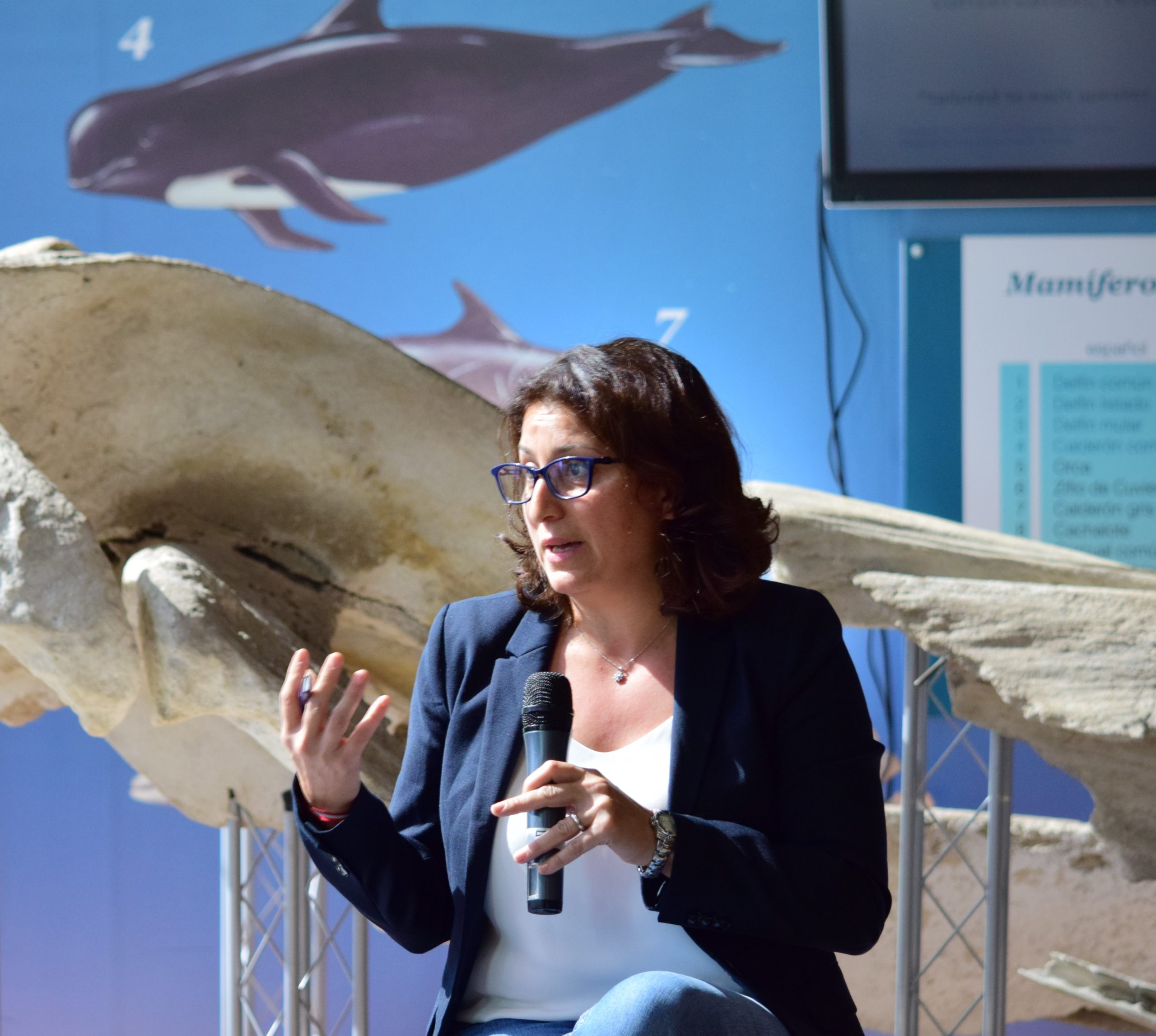
Celebrating leadership in environmental management: an interview with Dania Abdul Malak
From designing integrated ecosystem assessments in Europe and the Mediterranean to transforming outcomes into evidence-based recommendations for regional stakeholders, the European Topic Centre on Spatial Analysis and Synthesis (ETC-UMA) stands as a flagship for territorial cooperation. At the forefront of ...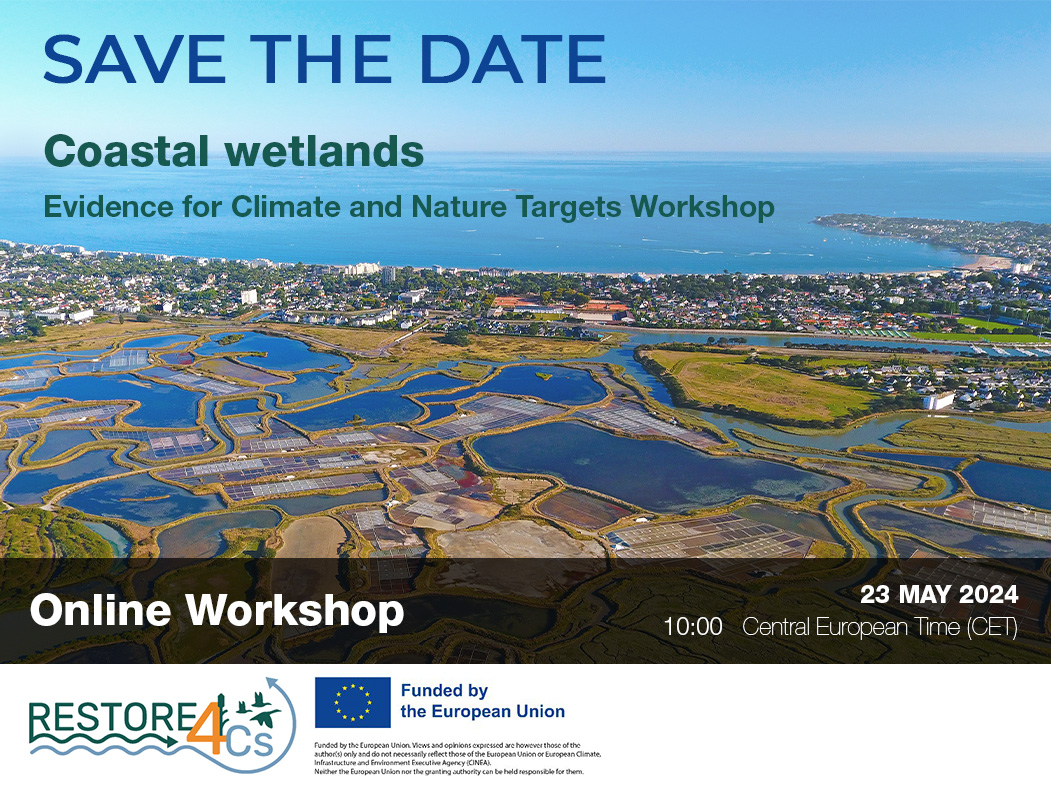
Save the date! Unlocking solutions for coastal conservation in Europe
How can coastal wetlands respond to major European Union objectives such as climate neutrality, biodiversity protection, and pollution reduction? What key role do coastal wetlands play in achieving EU commitments for climate mitigation and biodiversity conservation? The European Topic Centre ...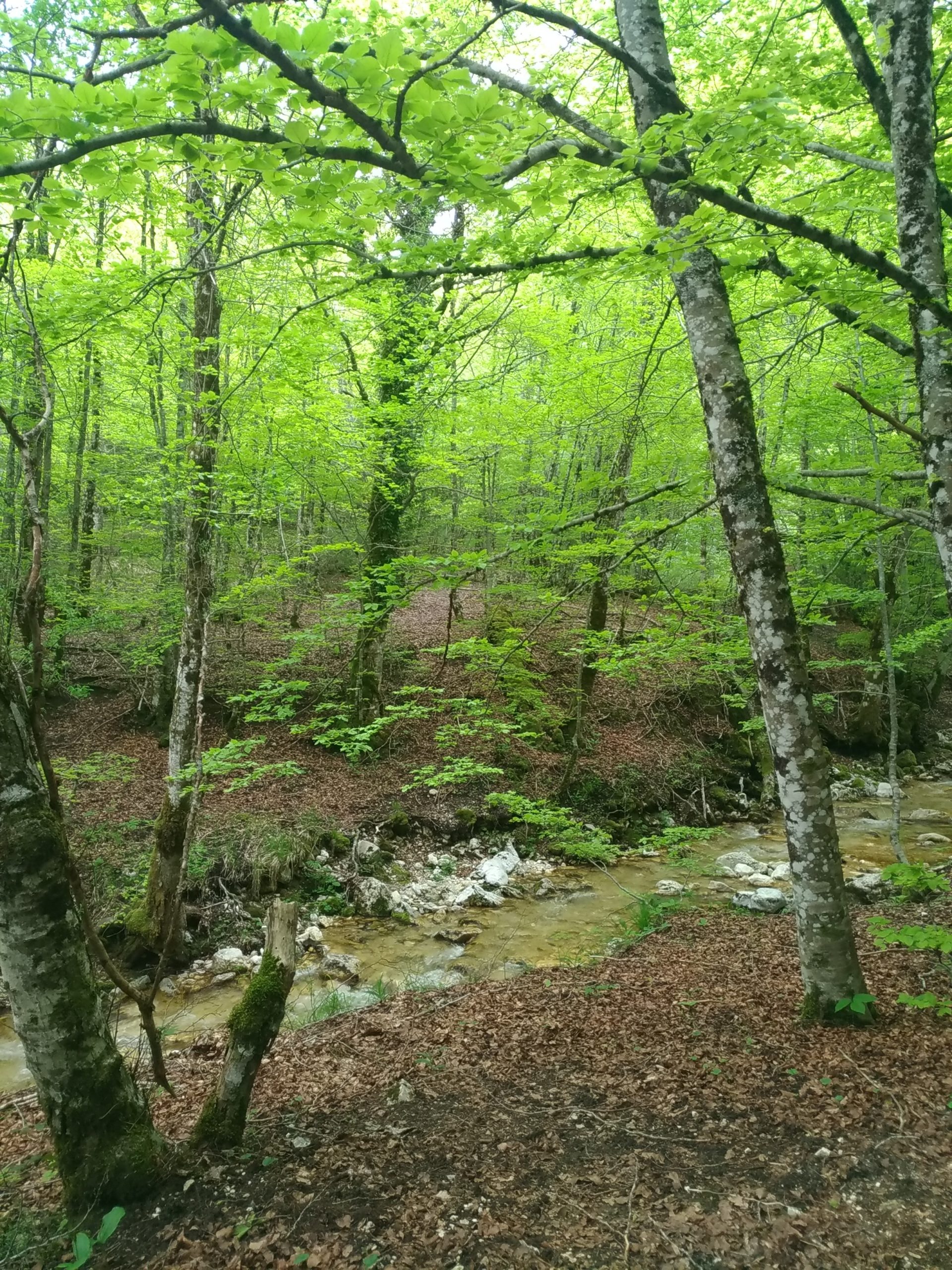
Towards a Strategy for the Sustainable Management of Mediterranean Forests (StrategyMedFor)
The StrategyMedFor project, co-financed by the Interreg Euro-MED programme, was launched at the University of Malaga during a two day meeting that took place on March 18 and 19, 2024. The European Topic Centre on Spatial Analysis and Synthesis (ETC-UMA), ...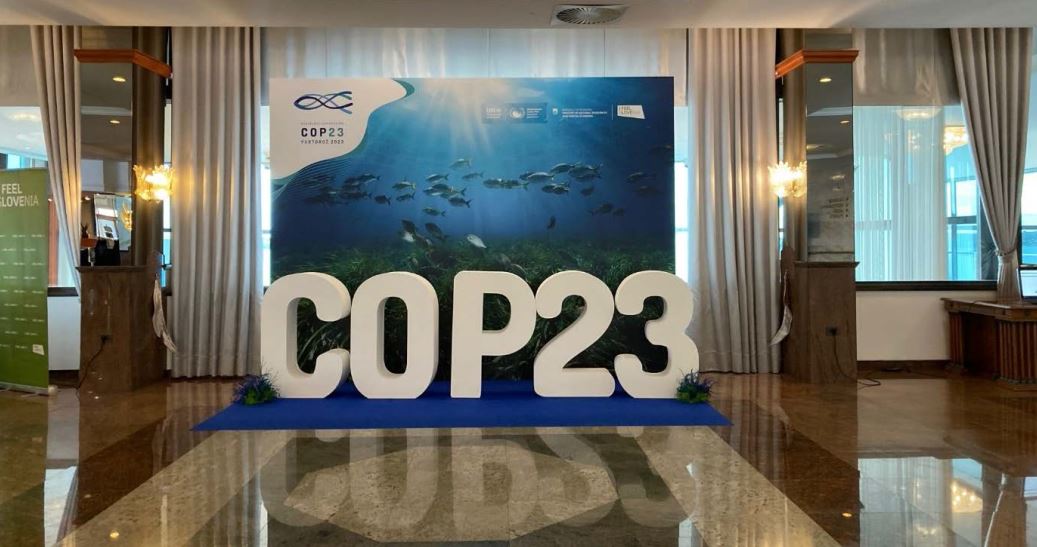
Collaborative science for forests by ETC-UMA showcased in Slovenia during the COP23
As UNEP MAP partner organization, ETC-UMA recently engaged in the organization of a session with Mediterranean institutions under the topic of climate change, entitled: From COASTAL to FOREST ecosystems: Mediterranean Nature-based Solutions to tackle climate change and ensure the Resilience ...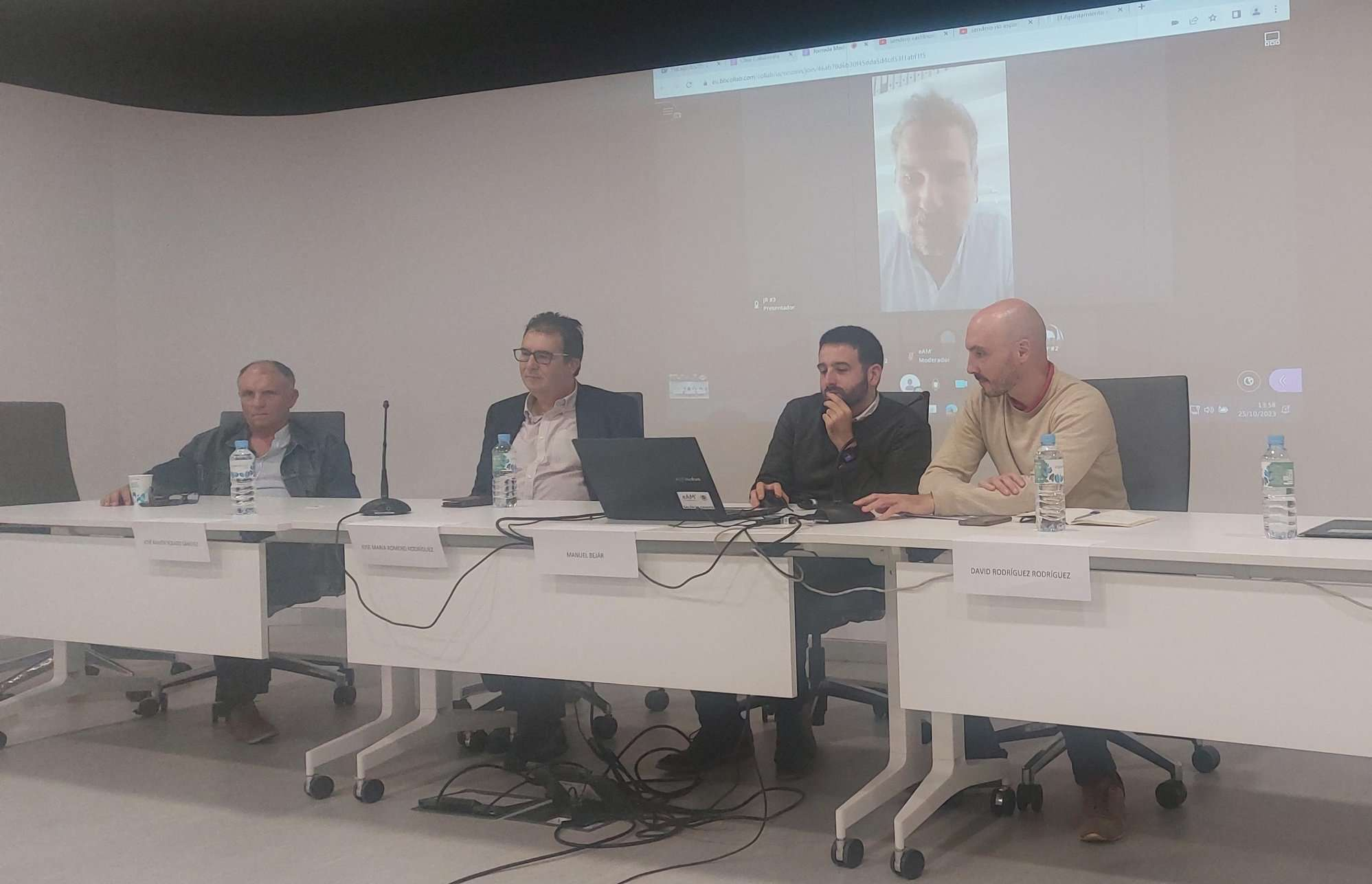
Tools for conserving the Spanish coast
On the initiative of the Instituto Universitario Hábitat Territorio y Digitalización (iHTD) of the University of Malaga, around 70 representatives of Spanish public administrations, researchers, architecture and environmental science players and civil society signed up to the second debate on ...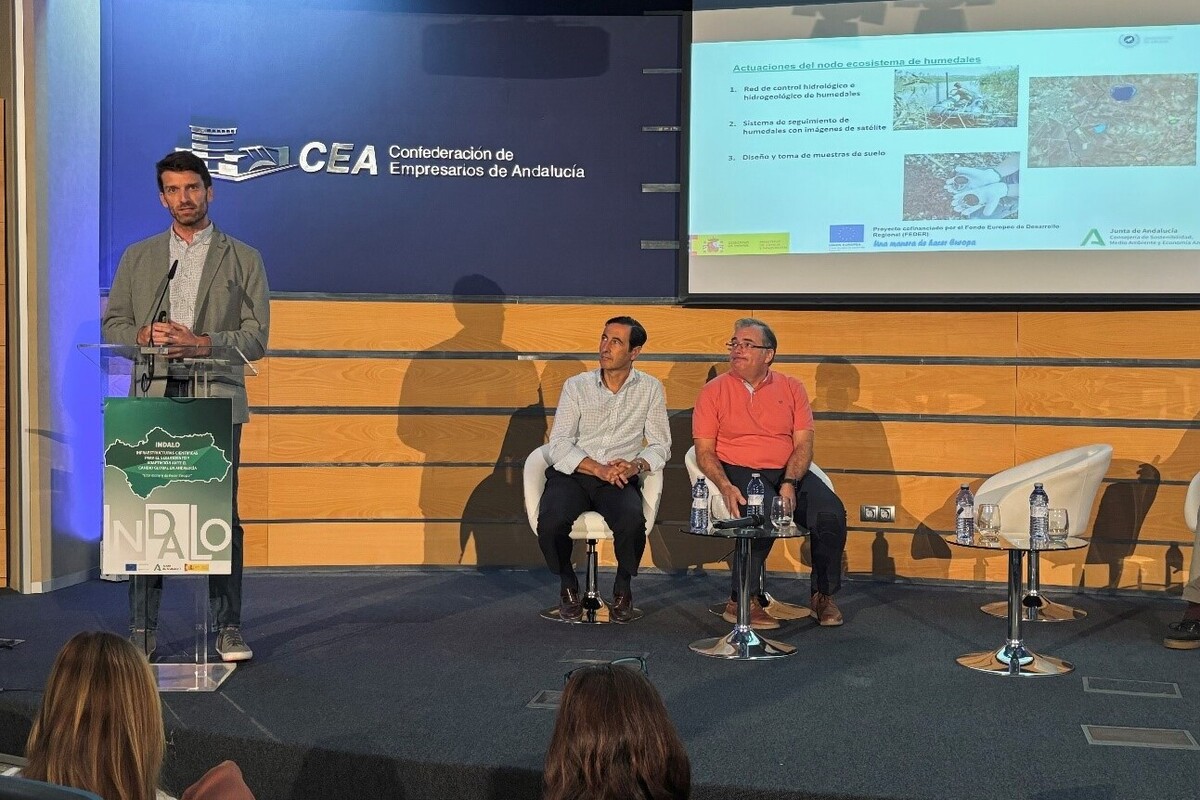
GreenEye System: a cloud-based system to monitor wetlands in Andalusia
Developed in the frame of the LifeWatch INDALO project cofinanced by the European Regional Development Fund (ERDF) for the study of biodiversity and global change in Andalucia, GreenEye System, this new cloud-based monitoring system, provides useful tools for wetlands’ assessment, ...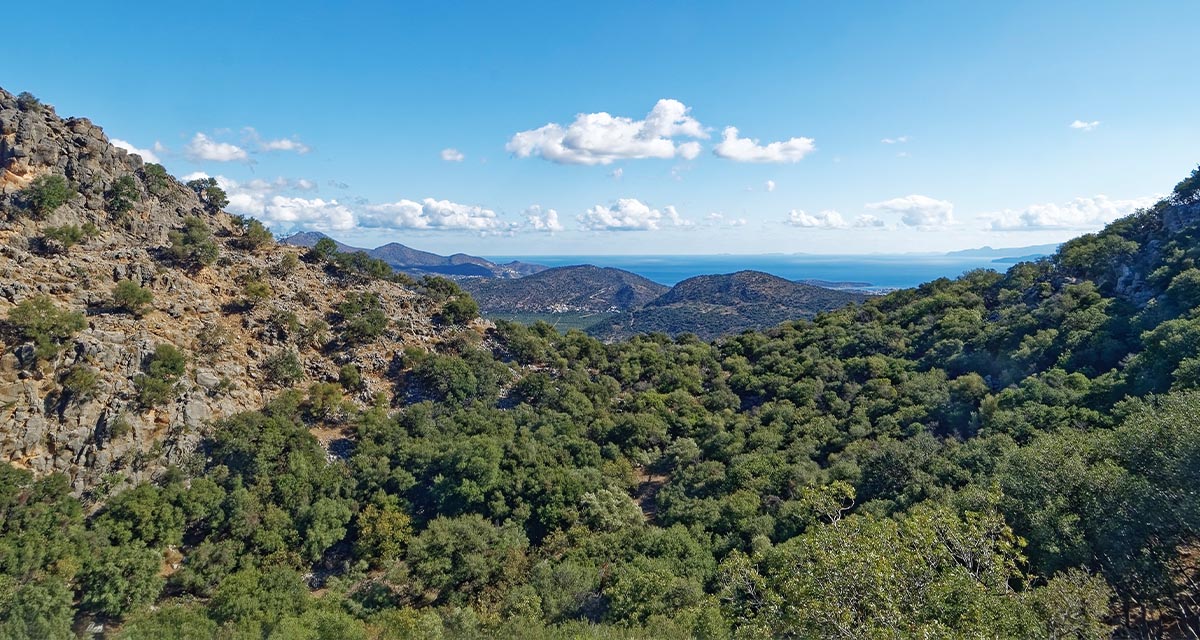
Looking back and forth to Mediterranean Forests
Timely published to enrich the knowledge available to fight fires and climate change challenges after an extremely hot summer, the proceedings of the Seventh Mediterranean Forest Week “Forest and Ecosystem Restoration for the next Mediterranean Generations” held from 21 to ...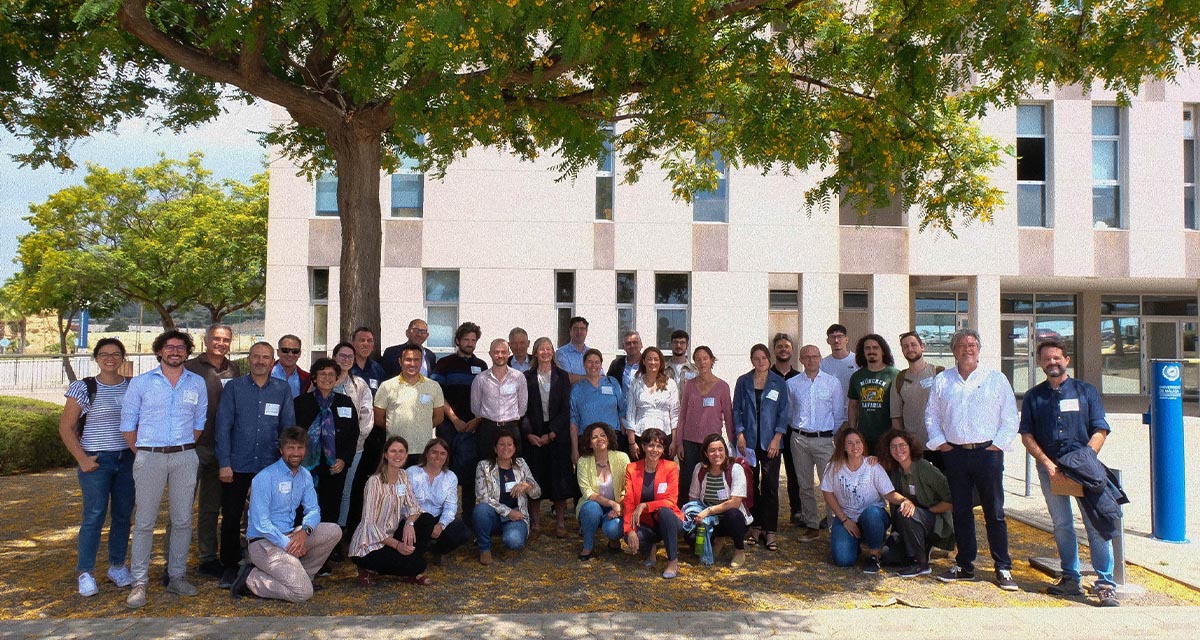
More space for innovative Mediterranean forest data partnerships
The report entitled A knowledge baseline on Mediterranean forests supported by innovation launched in July by ETC-UMA provides a highlight of what Mediterranean countries and institutions are doing to integrate new digital, satellite and Artificial Intelligence technologies into forest monitoring ...